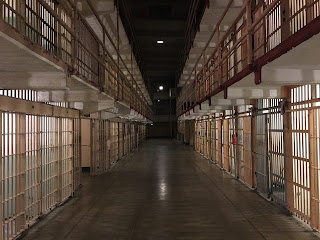Blog Post 6
I think the most interesting topic for me goes back to the first week of this class when talked about mass incarceration. It really surprised me when I found out U.S. prison populations increased 750% from 1970 to 2010. We also have the largest prison population, which was not something I was expecting the United States to be first in. I enjoyed talking about evidence-based corrections as it brought in empirical research and applied it to the correctional field. I enjoyed talking about the different theories and the success or lack of success they have been met with. The assignments I enjoyed the most were the interactivities. I enjoyed the different videos, particularly the documentaries such as the tent city jail, they call us monsters and the HBO documentary. By watching these videos I was able to form more rational thoughts as I was able to see the things I learned in class applied to the real world. We currently have five million Americans who can not vote due to ...


